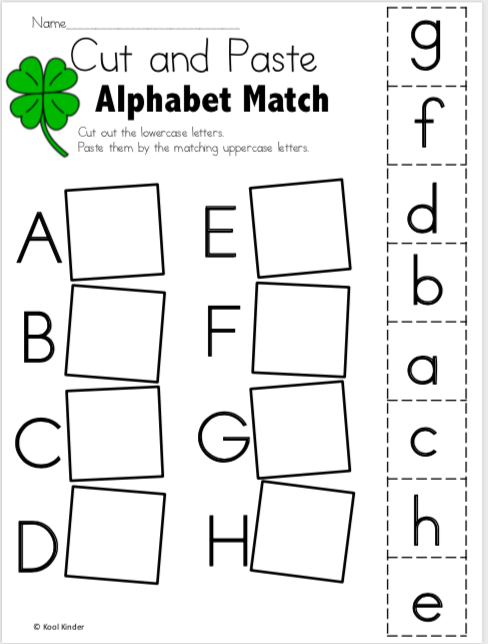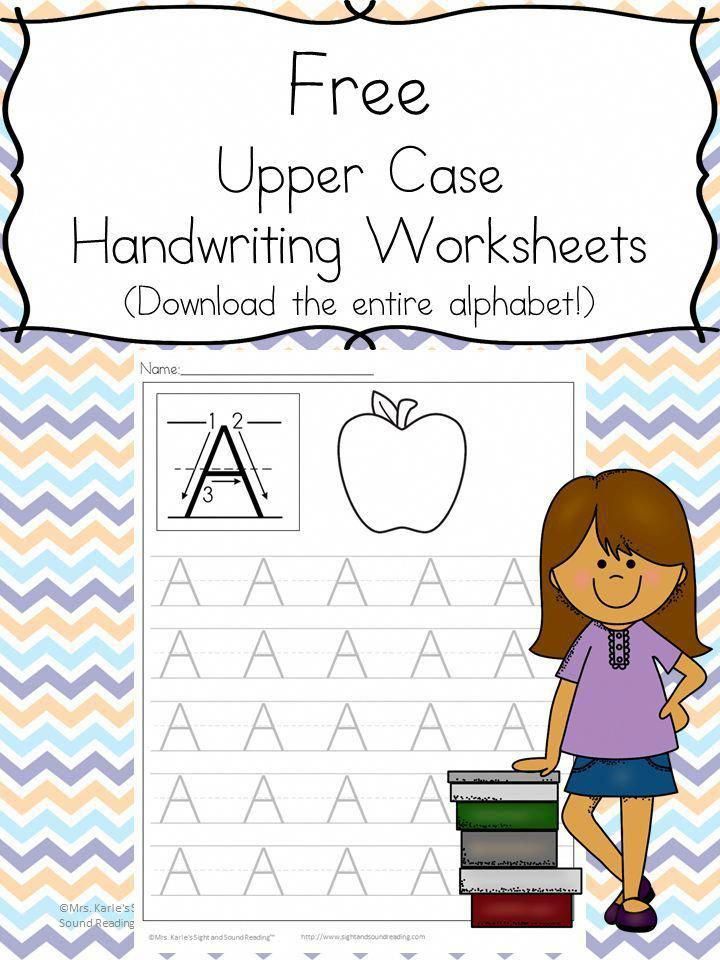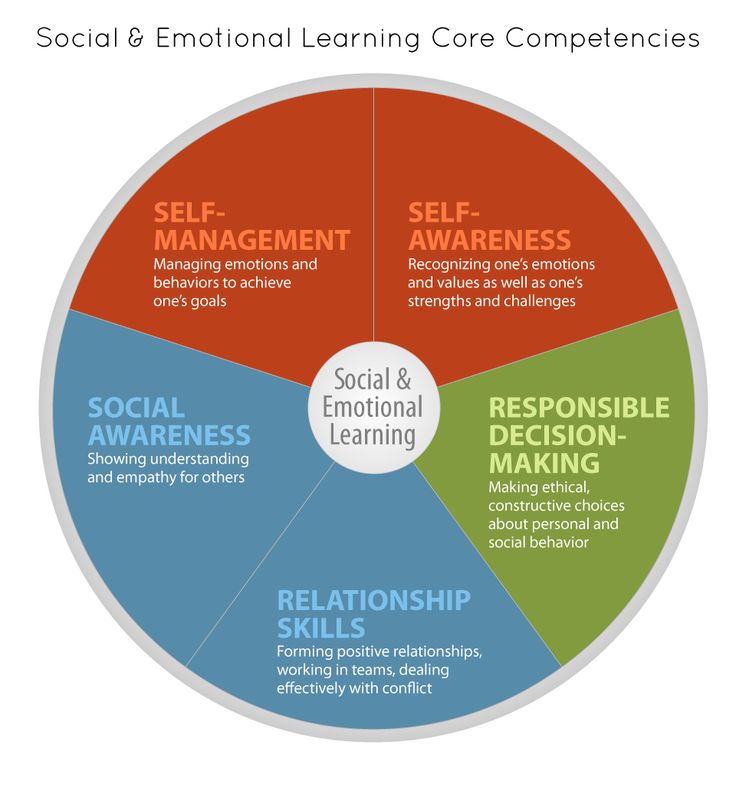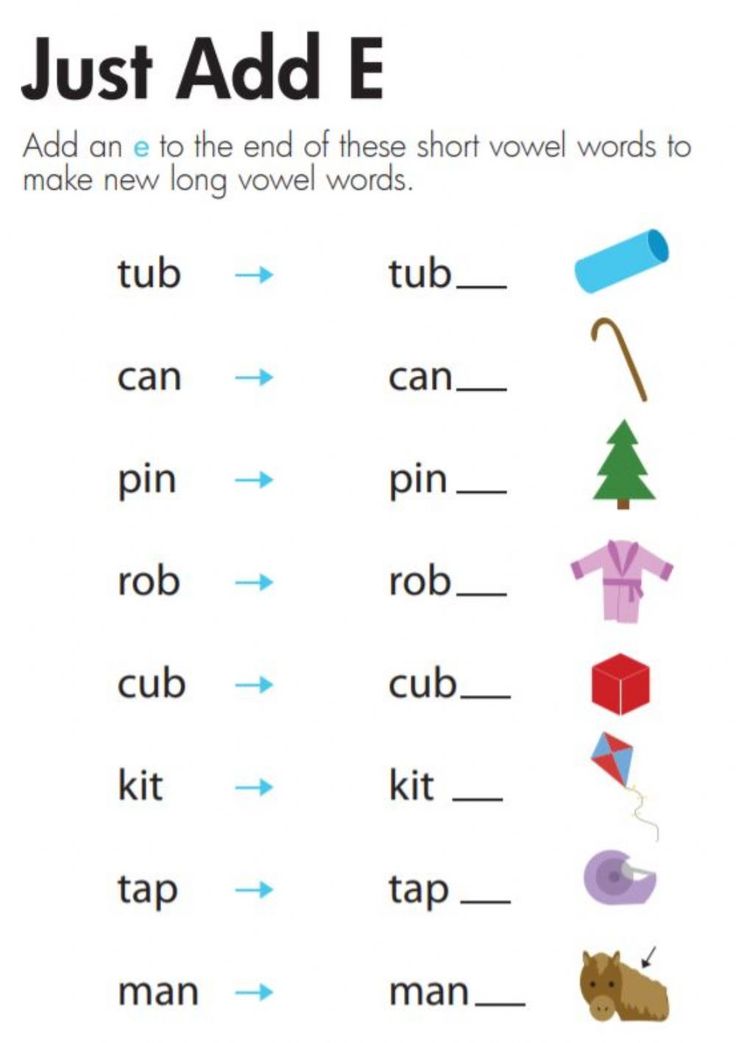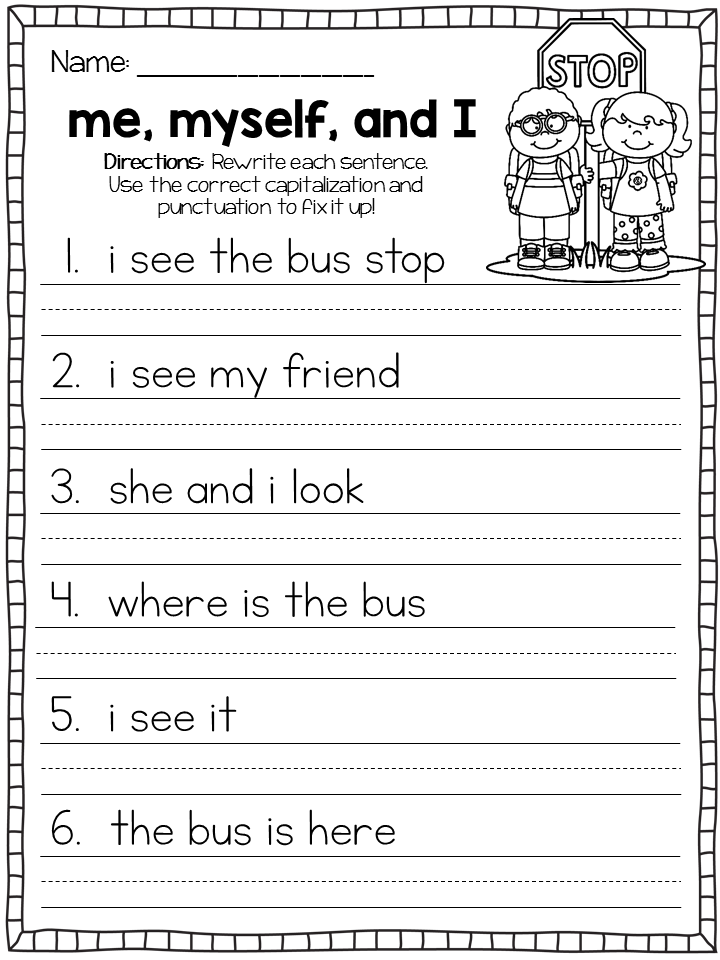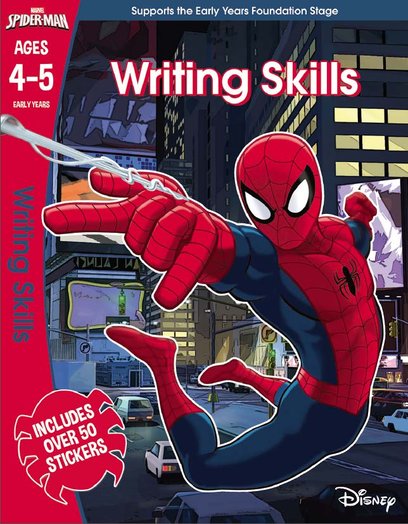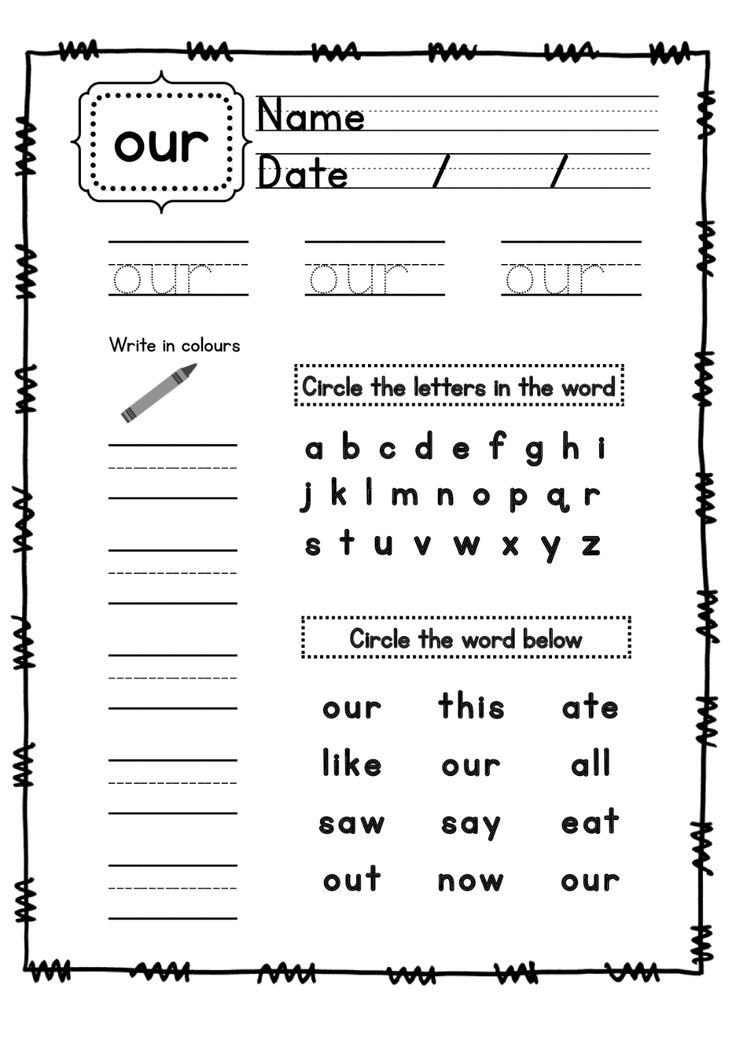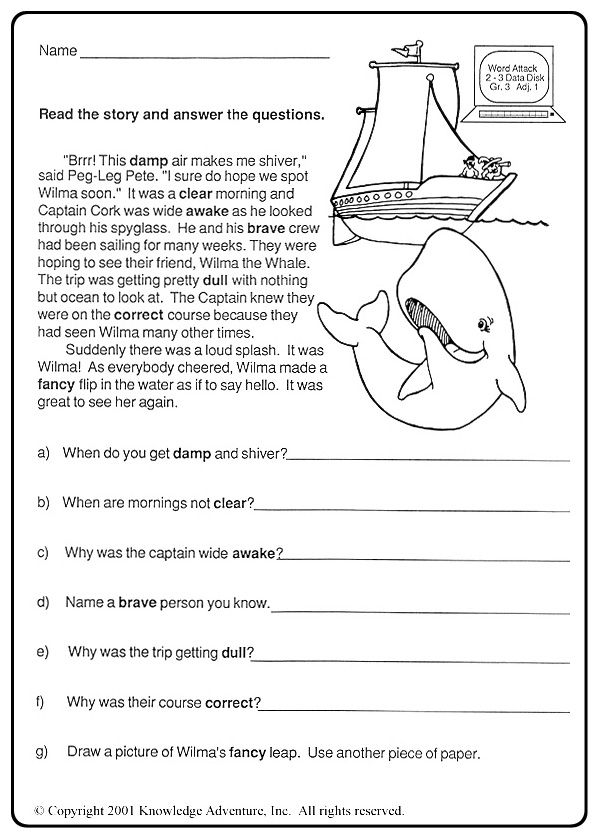Alphabet for learning
Learning the Alphabet: Printable ABC Packs
I’m so excited to share an alphabet series that my two year old has been using behind the scenes for the last few weeks!
It’s called Learning the Alphabet and is designed to help kids learn letters (upper and lowercase) and their sounds. It’s a “prequel” to Reading the Alphabet and contains the same kinds of hands-on activities.
*This post contains affiliate links.
Teaching Young Children the ABC’s
Before I share the specifics, I want to remind all of us that every child is different. The activities included each week were designed to make learning the alphabet hands-on, playful and interactive. Very few of the alphabet activities are “print and go” like you’d find in a workbook.
With that being said, please feel free to adapt the pages as you see fit for your child/students. Follow the lead and interests of your child. This is KEY, especially when teaching young children.
Although the packs are shared for free in ABC order, I actually recommend NOT teaching the alphabet in ABC order. For one, I like to start with the letters in this child’s name to make it more meaningful. This is especially important for reluctant learners.
You can read more of our tips for teaching letters and sounds here.
Learning the Alphabet Activities & Printables
**Please note that the activities share in this post are the activities in the FREE ABC packs. The Bundle Pack has been updated and expanded since this post, so it is more comprehensive. You can read about about the updated activities HERE.**
Today, I’m going to walk you through all the activities included in each of the free printable ABC packs There’s a lot of information here, but I’m hopeful it will be a helpful resource as you use these printables with your child/students.
Read about these supplies for Learning the Alphabet HERE.
1. Simple Alphabet Books
Each pack contains a little book that has a simple image and word below it. Six images are included for each letter. The books can be printed in color or in black and white. NSis really loves coloring, so the black and white is what she prefers.
The books can be read over and over and are a fantastic way to build vocabulary with young children. By the 3rd or 4th time through, kids can even “read” it with you!
2. Alphabet Tracing Page
These are exactly like the ones you’ll find in our Handwriting Practice Pack, except they match with the clip art from Learning the Alphabet. NSis enjoys these, but we don’t spend a ton of time doing them. I placed all of them in plastic sleeve protectors and created a Handwriting Notebook for her. I let her pull out her notebook when she’d like to “play” with writing.
3. Alphabet Lacing Cards
In both upper and lower case letters, these cards include the six images from the Alphabet Books.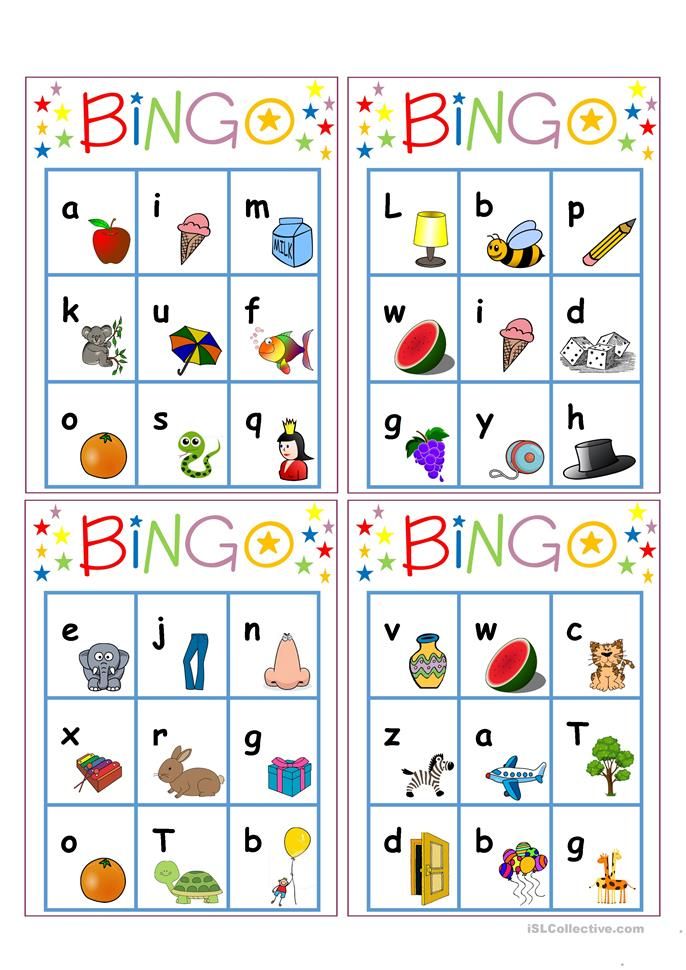 I recommend printing these onto cardstock, laminating and hole punching along the edges to make alphabet lacing cards.
I recommend printing these onto cardstock, laminating and hole punching along the edges to make alphabet lacing cards.
These cards are great for letter recognition, letter sounds, and hand-eye coordination and fine motor skills. If your child is very young, be prepared to help her thread the lacing card.
4. Cut & Paste a Letter Sound
This activity features several different skills at the same time, namely cutting, gluing, letter recognition and letter sounds. The large block upper and lowercase letters can be adapted many other ways as well.
If you follow the directions on the printable, first the child cuts the picture strips for the letter. This is similar to the Cut & Pattern activities with Reading the Alphabet, our Pre-K/K Packs, and our Cut it Out! Packs {level 1} except the strips are a bit smaller for smaller hands. Our absolute FAVORITE pair of scissors for young learners is the Maped Koopy Spring Scissors. Seriously amazing because they eliminate a lot of the frustration for young learners.
NSis is still perfecting her scissors skills, but she loves to try. {Notice my fingers are also in the photograph above. She still needs quite a bit of help.} I helps tremendously to print these strips onto cardstock so that the paper isn’t so flimsy.
Once cut out, the images are glued down around the letter. As you glue them down, name each picture together.
You can also take these blank letter pages and adapt them for what your child likes to do. NSis loves our alphabet stamps, so we stamped n‘s in the capital N.
5. Roll and Race!
Instead of your basic upper and lowercase sort, do a little rolling and racing as you climb the letter ladder. Such a simple yet fun game for teaching letter recognition.
Instead of using the letter cards pictured above, you could also use letter stamps, letter stickers or have your child write the upper and lowercase letters in the rungs of each ladder {for those who are ready}.
6. Letter Puzzles
These are simple letter puzzles containing the alphabet pictures with words. The cards can be cut by the child or cut ahead of time.
Mix up all the pieces {12 pieces total} and let your child rematch them. They can also be reworked and glued down the next day. And if you want to make it a little more challenging, also cut the cards vertically to make it four pieces.
7. Roll and Match a Letter Sound
Rolling letter sounds has been a favorite of NSis. She LOVES our Photo Stacking Blocks and asks to play with the all.the.time. I knew these packs wouldn’t be complete without rolling activities. This one is also very simple, yet is a great way to teach vocabulary.
For her, I print off the letter picture inserts twice. We take turns rolling {really, she throws and/or kicks them} and trying to match the pictures, like alligator/alligator.
To use the blocks for more letters, print off the images you need and insert the same number of images from each letter in each block.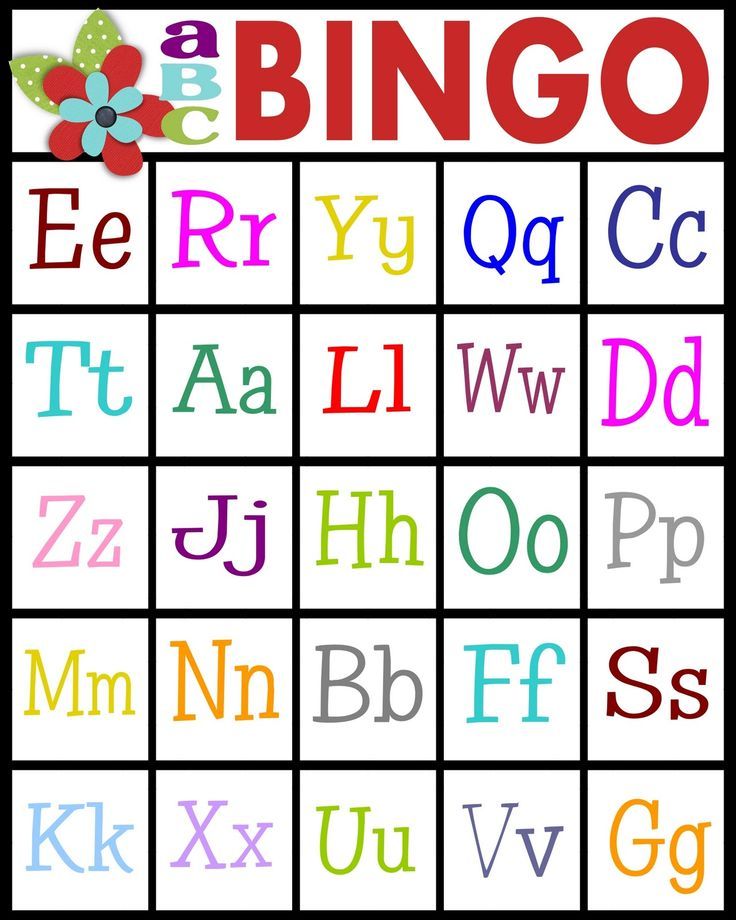 For example, if you wanted to compare three letter sounds, insert 2 letter images for each letter each of the blocks.
For example, if you wanted to compare three letter sounds, insert 2 letter images for each letter each of the blocks.
In the bonus material from the Bundle Pack, you’ll find letter inserts, so you can roll and match letters and pictures. More bonus material is shared at the end of this post.
8. Alphabet Coloring Pages
Yes, I did include an upper and lowercase coloring page for each letter simply because NSis loves to color.
Feel free to use it any way you’d like, such as letting your child paint the pages.
9. Alphabet Do-a-Dot Pages
My advice is to wait to use the Do-a-Dot paint markers with these because you can get multiple uses out of these pages if you
use counters or pom-poms with them
or Power Magnets {she worked this one 5 times in one sitting using the different colors of magnets, all of her own accord}.
You can also use circle stickers.
And, of course, Do-a-Dot Paint Markers.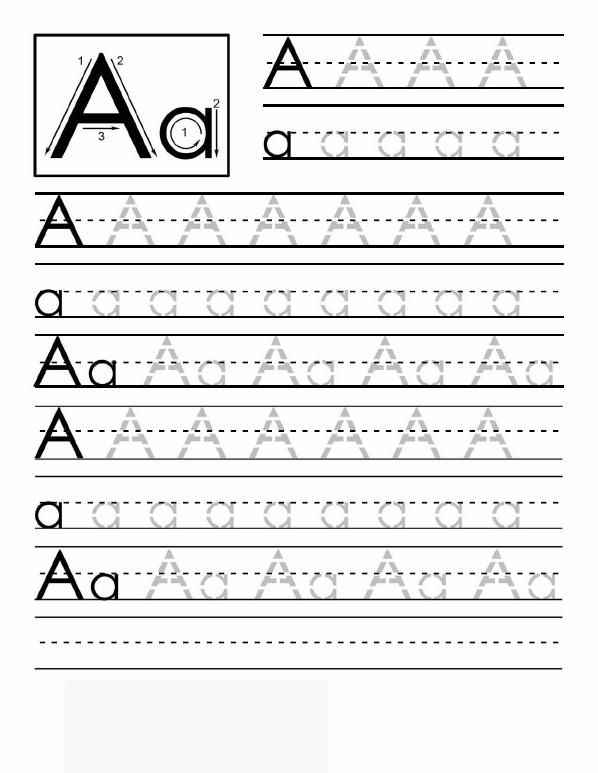 In this pack, you’ll find four different versions of these Alphabet Do-a-Dot pages. Simple ones like those seen above and harder ones featuring both upper and lower case letters.
In this pack, you’ll find four different versions of these Alphabet Do-a-Dot pages. Simple ones like those seen above and harder ones featuring both upper and lower case letters.
10. Letter 10-Grid
We love grid games. They cover so many literacy and math objectives. You can read more about with our Alphabet Grid Games.
These are for younger children and feature numbers 1-10. You can re-label a smaller die or print off the 1-3 die template {seen in the image above} found in the bonus material of the Bundle Pack.
11. Alphabet Playdough Mats
These playdough mats are interactive, similar to our Alphabet Playdough Mats Pack, but also get kids to work on recognizing numbers 1-10 and one-to-one correspondence.
I always slip these into plastic sleeve protectors first. Draw a number card and add that many objects to the page with playdough, based on the directions. In the example above, the child is to add bubbles to the fish page.
12. Numbers Pages for 1-10
These number pages are also great for Do-a-Dot Paint Markers, Power Magnets, counters, stickers, or pom-poms. These are similar to the ones in Reading the Alphabet or our Pre-K/K packs, except they are for numbers 1-10.
Place all the number cards in a pile. These are the same number cards used for the playdough mat. I HIGHLY recommend laminating them, as you’ll use them in every pack A to Z.
13. Number Cards 1-10
Included with each letter are number cards 1-10, which can be played with in many ways.
Read the number and practice one-to-one correspondence by adding that many objects to the card. Lay them on the floor and jump to the numbers.
Place them in order 1 through 10. More ideas are included on the Number Card pages.
So there you have it! Whew. I hope that helps to explain what exactly you’ll find in every free letter pack of Learning the Alphabet. Remember you can grab the UPDATED BUNDLE PACK!
Remember you can grab the UPDATED BUNDLE PACK!
There’s an App for Learning Alphabet Sounds!
Alphabet Sounds Learning App has FOUR levels of interactive play designed to extend your child’s understanding of letters and their sounds. It will definitely grow with your little one!
Enjoy teaching!
~Becky
Want MORE Free Teaching Resources?
Join thousands of other subscribers to get hands-on activities and printables delivered right to your inbox!
18 Amazing Alphabet Videos to Help Kids Learn Their ABCs
Is there anything more important in a young student’s life than learning their ABCs? This fundamental skill opens up the world of reading and writing, which can take kids just about anywhere! These alphabet videos help teach and reinforce the letters and their sounds in fun and engaging ways. Kids will beg to watch them again and again!
1. Take a trip to Sesame Street
When it comes to alphabet videos, no one does it better than Sesame Street. This compilation of songs includes famous musical guest stars like Usher and India.Arie, plus familiar characters like Elmo and Kermit the Frog.
2. Rap the alphabet
It’s the ABC song, but with a hip-hop twist. This video also covers the sounds each letter makes, making the alphabet more meaningful.
3. Watch the Alphablocks
This video episode of the popular show opens with the Alphablocks trying to sing the familiar ABC song—but some letters want more than their fair share! You can watch just this part alone, or play the entire video to see the Alphablocks on their various adventures.
4. Workout to the letter sounds
Popular kids’ entertainer Jack Hartmann gets little ones up and moving as they work out and learn their letters at the same time. This one is perfect for a movement break!
5. Canta la alphabeto en Español
Why limit yourself to English? Gina Rodriguez and Elmo are here to help you learn to sing the ABCs in Spanish too!
ADVERTISEMENT
6.
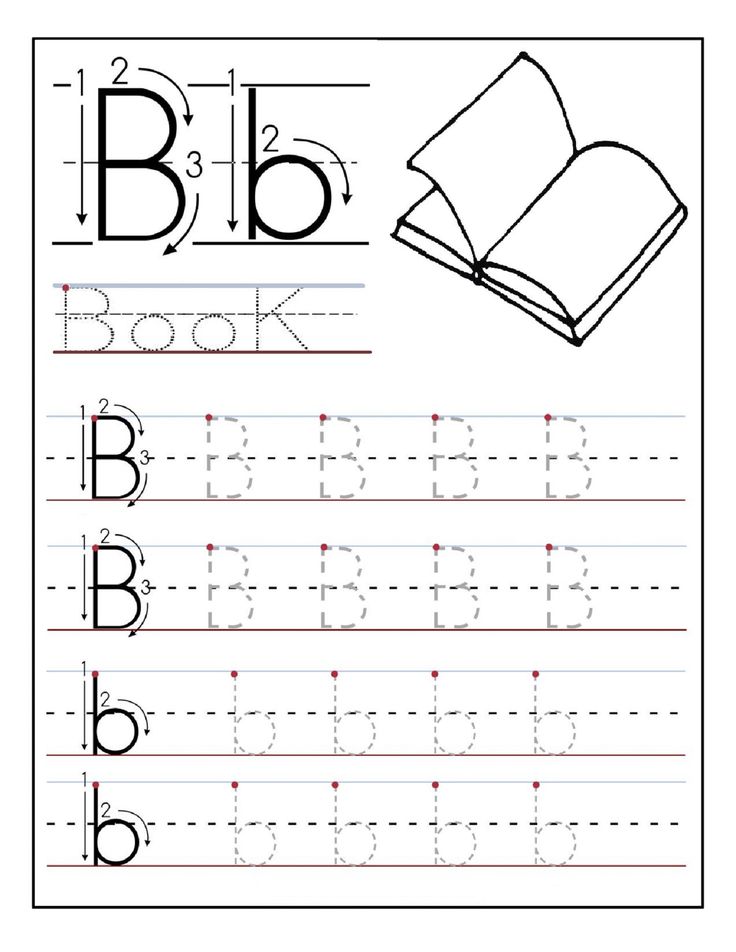 Learn the yoga alphabet
Learn the yoga alphabetLearn the alphabet and basic yoga poses, all at the same time! Watch the video through once, then go back and play it slowly letter-by-letter, doing the yoga poses along the way. This is such a fun way to do the ABCs!
7. Transform the letters of the alphabet
Kids who love to play with cars and trucks will get a kick out of this alphabet video. Each letter drives onto the screen in pieces, then transforms itself into position.
8. Do the alphabet dance
We love alphabet videos that get kids up and moving! In this one, little learners make the shapes of the letters with their bodies as they dance along to the upbeat music.
9. Meet the dinosaur alphabet
Dino-obsessed kids will love this video! It features a dinosaur for every letter of the alphabet, plus fun facts about each species.
10. Sing a new alphabet song
Ready for a new alphabet tune? This video features a competitor on “Alphabet Idol” crooning the ABCs to a new melody and rhythm.
11. Listen to
Chicka Chicka Boom BoomWhether they’re new to the book or already know it by heart, kids will enjoy this syncopated performance accompanied by colorful visuals. For another fun version, watch Ray Charles reading this beloved favorite!
12. Come to the alphabet party
What happens when you invite all the letters to a party at your house? Find out in this sweet song! (B is blowing bubbles and K is fascinated with her kite, for starters.)
13. Visit the Alphabet Lost and Found
Oh no! So many words have lost their letters! What will they do? Visit the Alphabet Lost and Found, of course! (Love They Might Be Giants? Watch the whole Here Comes The ABCs album here.)
14. Join the StoryBots to learn the alphabet
The StoryBots take you through the alphabet from A to Z in this longer musical video, giving examples along the way. Kids will have fun pretending to be robots as they sing along.
15. Dine on alphabet veggies
Learn the ABCs and a whole lot of healthy vegetables too! From arugula to zucchini, they’re all here, and they’re all nutritious.
16. Dance to the Boogie Woogie Piggies Alphabet
Sesame Street has done so many alphabet videos over the years, but this barnyard classic remains a favorite.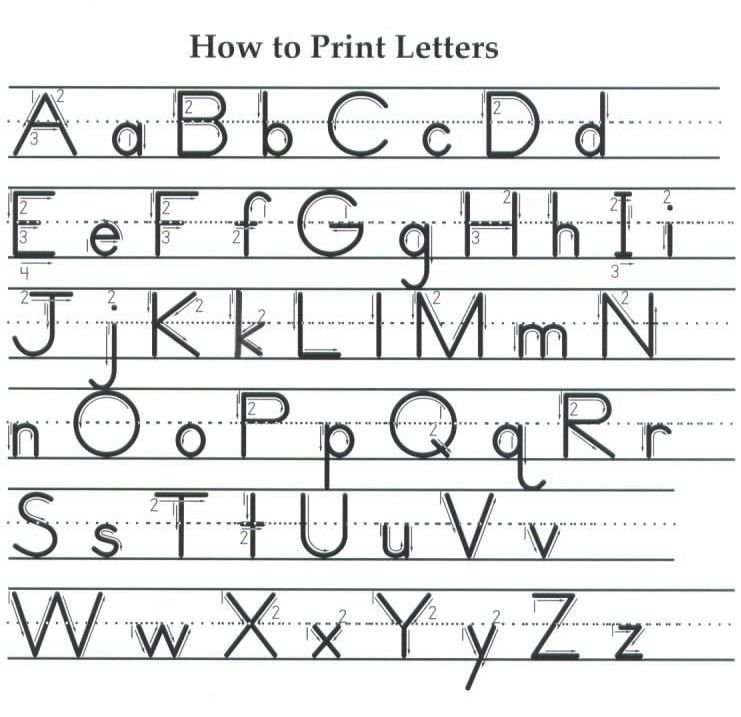 Sing and dance (and oink) along with the Boogie Woogie Piggies as they perform the ABCs. (For more throwback fun, check out the time Big Bird thought the alphabet was one long word!)
Sing and dance (and oink) along with the Boogie Woogie Piggies as they perform the ABCs. (For more throwback fun, check out the time Big Bird thought the alphabet was one long word!)
17. Try the alphabet backwards
Look at the alphabet in a whole new way when you try to sing it backwards. Learning their “CBAs” is new for most kids, and it’s a terrific way to get them to think outside the box.
18. See it, say it, sign it
We love the idea of teaching all kids the sign language alphabet.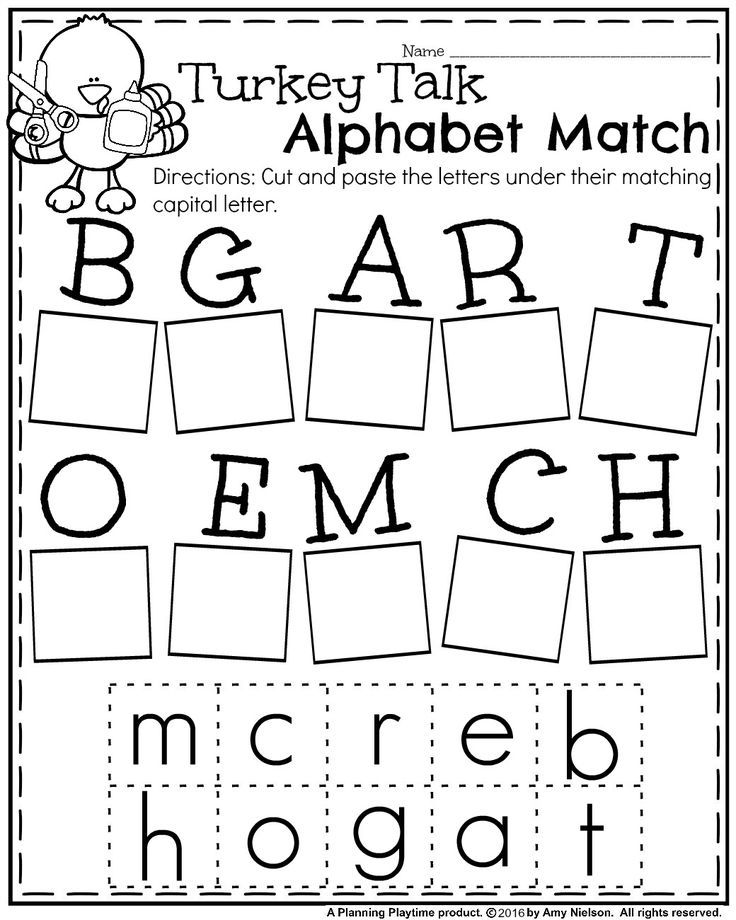 Even if they never learn another sign, they’ll have the basic skills to communicate with those who are deaf/hard of hearing .
Even if they never learn another sign, they’ll have the basic skills to communicate with those who are deaf/hard of hearing .
Enjoying these alphabet videos? Keep the learning going with 26 Fun Easy Ways For Kids to Practice Their ABCs.
Plus, 26 Awesome Ways To Use Alphabet Beads For Learning.
5 Ways to Learn the Alphabet Quickly and Easily with a 3-6 Year Old Child – Somersault
Before learning the alphabet with a child, it is important to understand what you are not going to do. Namely, learning to read. This is a more complex skill, so it is worth putting it off until the time when the child gets acquainted with all the letters and will confidently recognize them and write on their own. Until then, put off the alphabet and reading by syllables.
In this article, we have put together the basic principles to quickly learn the Russian alphabet with a 3-6 year old child in a playful way. For all games with letters, you can use plasticine, paints and any improvised means or magnetic letters - they will easily attract the attention of the child.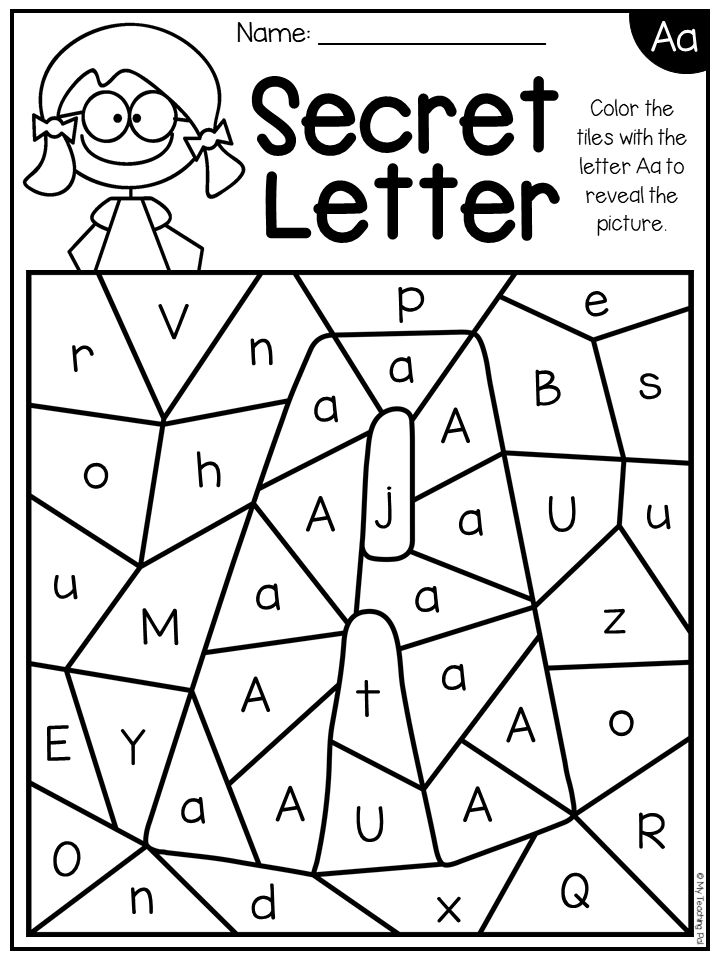
Contents:
- Learn the Alphabet Easily: Basic Principles
- 5 ways to learn the alphabet with your child
- From alphabet to reading
How to Learn the Alphabet Easily: Basic Principles
Each child can find an easy way to learn the alphabet that suits him or her, but there are basic principles that are important for all children. If you do not follow them, study will turn into drill and the child is unlikely to ever love to read. Here are a few such principles on how to properly learn the alphabet for a child.
- Learn sounds first, not letters . At the first stage of learning, it does not matter how the letters in the alphabet are called correctly. Now only sounds are important for the child - "d", and not the letter "De". The names of the letters will only confuse the child, who first needs to learn to recognize the shape of the letters and their sound.
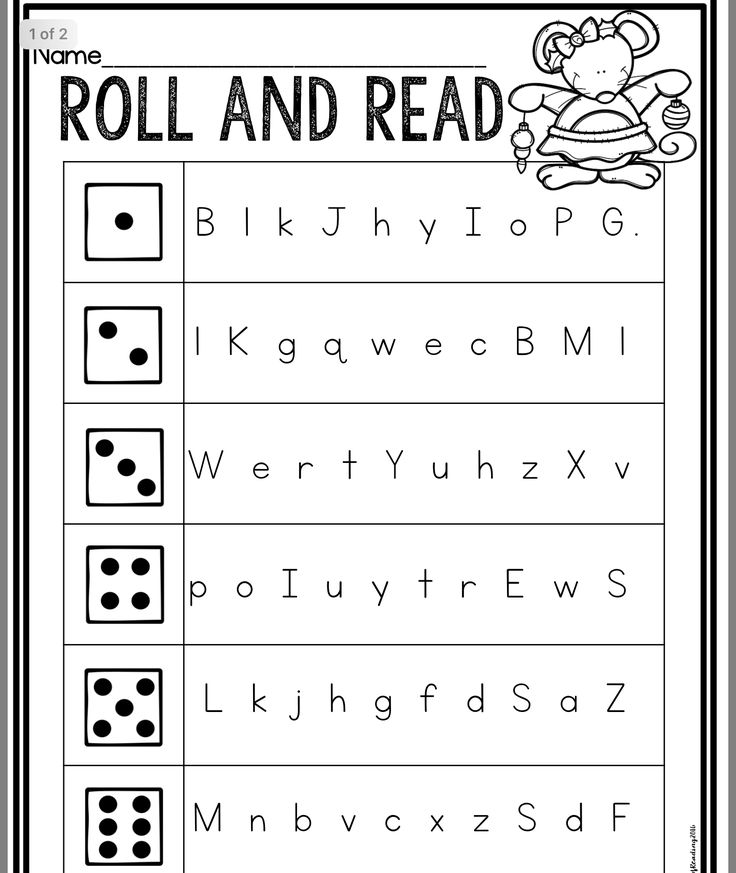
- Not learning the alphabet in the correct sequence . Until a child goes to school, it is of no use to him to know how the letters are arranged in the alphabet. This information will only distract him from what is really important: how the letters look and sound. The sequence of the alphabet can be learned later or even at school, where this knowledge will be tested by the teacher.
- Do not turn learning into a lesson . Learning from call to call is difficult even for children at school, let alone a baby. Therefore, all learning should take place in a playful way and not for long: 5-7 minutes a day to get acquainted with the letters will be enough. Gradually, this time can be increased, especially if the child likes the proposed games with letters.
- Use material objects . At the age of 3-6 years, the child learns the world by touch and taste. It is difficult for him to work with abstract letters spoken aloud.
 Therefore, it is better to stock up on plasticine and paints and create letters that are more understandable to the child and can be touched. Such a game for children will allow the child to learn the letters of the alphabet and he will recognize them in different forms regardless of what they are made of.
Therefore, it is better to stock up on plasticine and paints and create letters that are more understandable to the child and can be touched. Such a game for children will allow the child to learn the letters of the alphabet and he will recognize them in different forms regardless of what they are made of. - First vowels, then consonants . Vowel sounds are easier to pronounce, so it's worth starting with them.
The main thing is not to force anyone. If you see that the child is inquisitive, enjoys exploring the world and is ready to learn, you can move on to learning letters and the alphabet. So the child will be happy to learn the alphabet in a playful way and gradually learn to read. So that the game is not abstract, you can use the magnetic letters TUMBLING.
5 ways to learn the alphabet with your child
1. Use an interesting topic to study
Use your child's interest to spur his motivation to learn.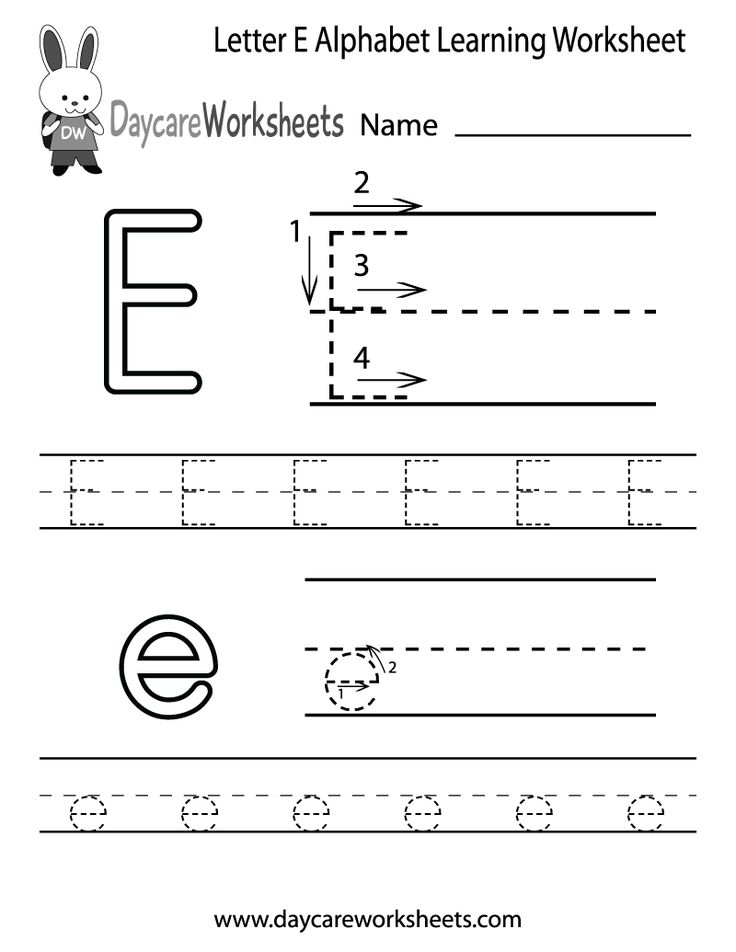 For example, if your kid is crazy about cars, let them be the topic in which you learn the alphabet. Use any words related to cars:
For example, if your kid is crazy about cars, let them be the topic in which you learn the alphabet. Use any words related to cars:
"A" - bus
"B" - trunk
"C" - driver, etc.
You can show cars and their parts, draw or sculpt from plasticine. It is important that the child's focus shifts from learning to doing what they love. Additionally, the method will help expand vocabulary and knowledge about the world.
2. Cross out a letter of the alphabet in the list
Fill in a small square with arbitrary letters. The task is to cross out only the letter that you are studying. This will help the child focus on one letter and not get distracted by the ones he doesn't remember or don't know.
3. Pulling the letters of the alphabet out of the pouch
The soft-touch magnetic letters are perfect for this method. Put the letters in a bag and give the child the task, without looking, to pull out only the letter that you thought of.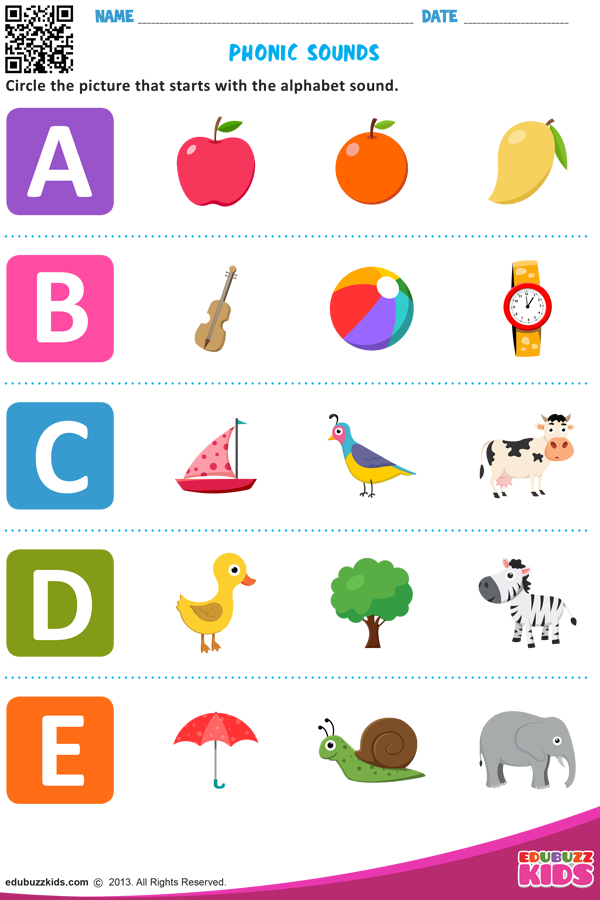 Let there not be too many letters in the bag, otherwise the child will get confused. 6-7 pieces will be enough. To start, use letters that are very different in shape, such as "O" and "M". Gradually, the complexity can be increased and searched among similar letters, for example, "K" and "X". Don't forget to praise and encourage your child. You can alternate the learning process with desktops.
Let there not be too many letters in the bag, otherwise the child will get confused. 6-7 pieces will be enough. To start, use letters that are very different in shape, such as "O" and "M". Gradually, the complexity can be increased and searched among similar letters, for example, "K" and "X". Don't forget to praise and encourage your child. You can alternate the learning process with desktops.
4. Recognize letters of the alphabet by ear
You pronounce a word, and if it contains a hidden letter, the child claps his hands.
With this game for kids, you can learn individual letters or the entire alphabet. For example, you name a word, and the child inserts its first letter into the insert frame. To stimulate your child's interest, you can use only words from his favorite topic, for example, the names of animals.
5. Guess words starting with the first letter
You choose one letter and think of a word that starts with that letter. For example, the letter "Z":
- What is this animal with big ears and loves carrots?
- Hare!
This game form is again suitable for learning individual letters or the entire alphabet.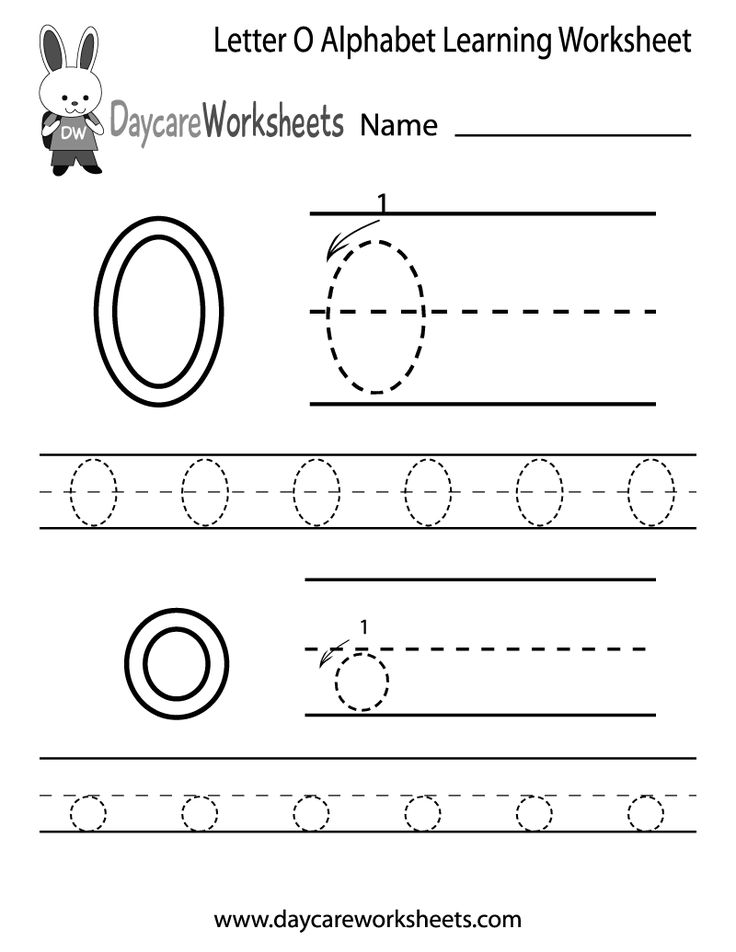 If you learn only one letter, the child gets used to quickly recognizing it in different words. And if you give words with different letters, the child as a whole learns to understand with which letter they begin. With the study of the account and the English language will also help TUMBLING.
If you learn only one letter, the child gets used to quickly recognizing it in different words. And if you give words with different letters, the child as a whole learns to understand with which letter they begin. With the study of the account and the English language will also help TUMBLING.
From the alphabet to reading
When a child learns the Russian alphabet, confidently recognizes all the letters in different words and can draw or mold them on his own, it is worth moving on to reading. Because you need to learn the alphabet just so that the child can read. If knowledge is not used, it will hang as an extra burden, and by the time school will be forgotten. Therefore, you should not learn the alphabet too early: at 3-4 years old, a child is simply not interested in reading books in order to learn something new. He is more interested when his mother reads. Conversely, by the age of six, the child will be glad to have his own books to read them himself.
How to learn the alphabet with a child. Learning letters together
Letters are all around us. Signs, announcements, books and magazines - all this the child sees from a very young age. But it doesn’t immediately become clear that these “squiggles” are not just incomprehensible meaningless icons, but a way to convey information in the form of text. Therefore, with the study of the alphabet, a completely new world opens up for the baby, in which letters are folded into syllables, and syllables into words that can be read and later written. In our article, we will tell you when to start learning the alphabet, how to make the process interesting for a child, and what methods are best for children of different ages.
Why learn the alphabet?
It seems that the answer to this question is quite obvious - that the child could read. However, it's worth digging a little deeper. Often, parents do not fully realize what caused their desire for the child to quickly master the letters.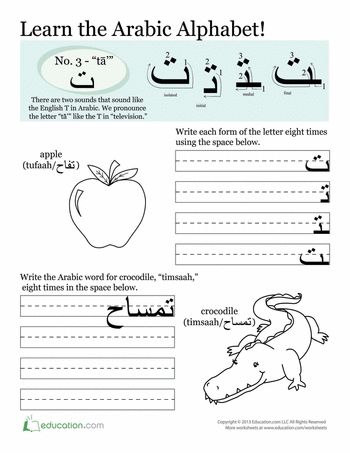 If the kid is already 5-6 years old, and the first grade is just around the corner, then the desire to learn the basics so that further study is easier, understandable and logical. Or maybe your child is only three years old, but you want him to show off his knowledge at a family evening? Or do all the acquaintances vying with each other say that their children have not only learned the alphabet, but also read freely? Give yourself an honest answer to these questions, and consider whether it is necessary to postpone training until a more appropriate moment.
If the kid is already 5-6 years old, and the first grade is just around the corner, then the desire to learn the basics so that further study is easier, understandable and logical. Or maybe your child is only three years old, but you want him to show off his knowledge at a family evening? Or do all the acquaintances vying with each other say that their children have not only learned the alphabet, but also read freely? Give yourself an honest answer to these questions, and consider whether it is necessary to postpone training until a more appropriate moment.
The most important thing is whether your child is ready. Curiosity, interest in new things, the ability to memorize previously unknown information are all signs that you can start learning the alphabet. But you should always remember that there is no point in teaching against the child’s desire, all classes should be held in an unobtrusive playful way. Questions “how to read?”, “What kind of letter?” Are pouring in on you, the baby is interested in not only pictures in books, but also captions to them, or are you going to school soon? Well, then feel free to start your acquaintance with the alphabet.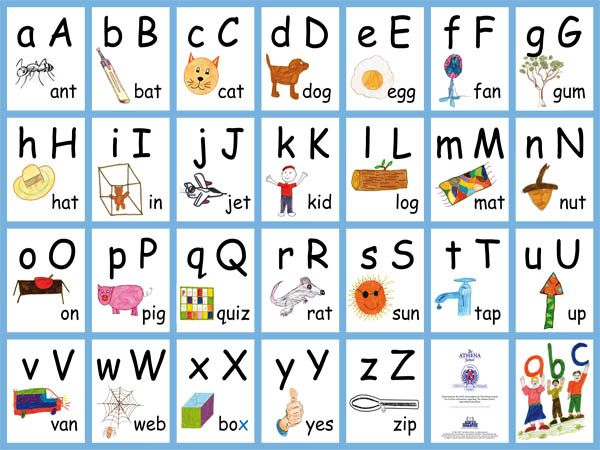
Basic tips for learning the alphabet with a child
The alphabet is not just a certain sequence of letters. This is the foundation from which the child's learning to read begins. Therefore, it is important to understand that simply learning the alphabet as a rhyme or a counting rhyme is possible, but practically useless if there is no practical application of the information received. If you do not start trying to teach your child to read immediately, but after a long break, there is a high probability that your baby will simply forget the letters by this point, and you will have to start all over again.
There are a few general rules to follow when you start learning the alphabet with children:
1. Learn the sounds, not the letters
It's easy for us adults to figure out what the name of the letter is and what sound it is means may not match. For a small child, on the contrary, such a concept may be too complicated. Do not confuse the baby, he will eventually learn that the letters are called “be”, “el” or even “and short”, better demonstrate what sounds are indicated by the corresponding signs - “b”, “l”, “y”, give examples of words with these sounds.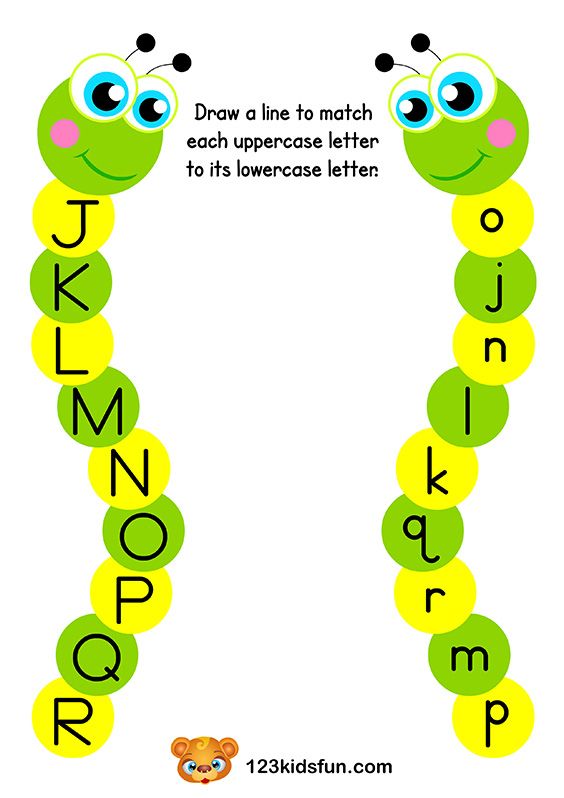 In this way, the child, with less effort, will be able to understand how syllables are read, and later whole words.
In this way, the child, with less effort, will be able to understand how syllables are read, and later whole words.
2. Do not learn the alphabet in order
Memorizing a clear sequence is, of course, useful for the development of a child's memory, but it does not make it obvious to him what he actually learned and why. If, however, the alphabet is disassembled gradually, according to a clear and logical system, without overloading the child's perception excessively, there will be much more benefit, since knowledge will not be superficial, but based on a deeper understanding of the structure of the language.
3. Do not mix vowels and consonants
Learning letters mixed up is no less a mistake than memorizing the alphabet strictly in order. Vowels and consonants must be studied separately, otherwise the child will be completely confused. Always remember that things that seem clear and simple to us, small children learn for the first time, so even the main sign by which sounds are divided (vowel-consonant) is not immediately comprehended.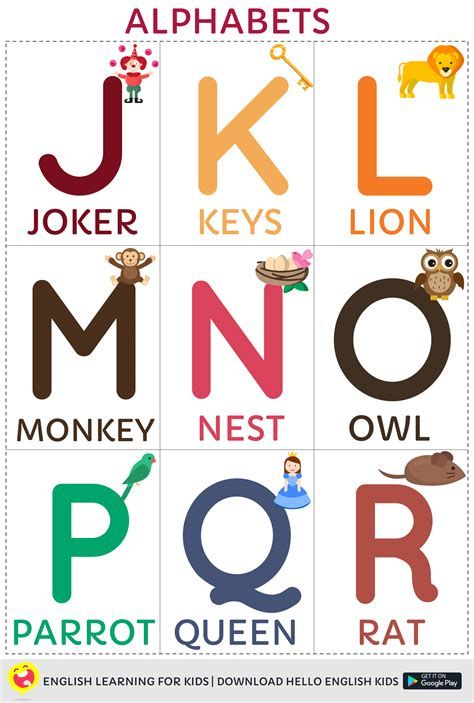 The situation when the studied letters do not have any common feature is confusing and slows down the assimilation of the material.
The situation when the studied letters do not have any common feature is confusing and slows down the assimilation of the material.
4. Vowels first
There are only 10 vowels in the Russian alphabet, so the child will have to remember a little at first. In addition, vowels require only a long “singing” and slight changes in the articulation of the lips, neither the tongue nor the teeth need to be connected, so it will be easier for the baby to understand how the written sign correlates with the sound being pronounced. When all the vowels are firmly learned, it will be possible to add consonants.
5. Don't force learning
Of course, you really want your child to learn all the letters and start reading as soon as possible, but you still shouldn't rush. Learn one or two letters, repeat what you have learned more often, do not move on to a new one without waiting for the consolidation of what has already been studied. Start with very simple and clear things.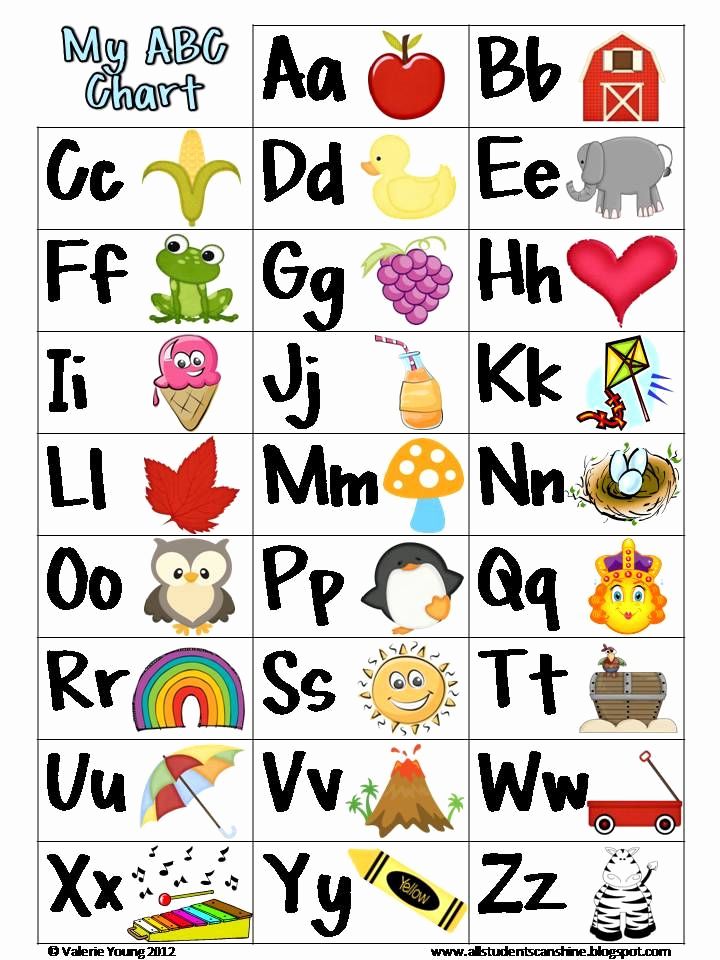 Show the young student the letter "A", tell how it is pronounced, what it looks like, what words begin with it. Fold it together with the baby from sticks, draw or mold it from plasticine - tactile sensations will help the child better remember the image of the letter and associate it with sound. Apply theory to practice, for example, ask while walking to look for the letter "A" on signs, in advertisements, and so on. Only when the child has learned the letter and the corresponding sound, proceed to the next, all the same one at a time, methodically and slowly.
Show the young student the letter "A", tell how it is pronounced, what it looks like, what words begin with it. Fold it together with the baby from sticks, draw or mold it from plasticine - tactile sensations will help the child better remember the image of the letter and associate it with sound. Apply theory to practice, for example, ask while walking to look for the letter "A" on signs, in advertisements, and so on. Only when the child has learned the letter and the corresponding sound, proceed to the next, all the same one at a time, methodically and slowly.
Age-appropriate alphabet learning
3-4 years old
If you think your child is ready to learn letters at 3 years old, then here are some tips and tricks to help you achieve great results.
First of all, in no case do not force or coerce the child into classes, they should take place exclusively at the request of the child, in a fun way, and end as soon as you see signs of fatigue and weakening of concentration.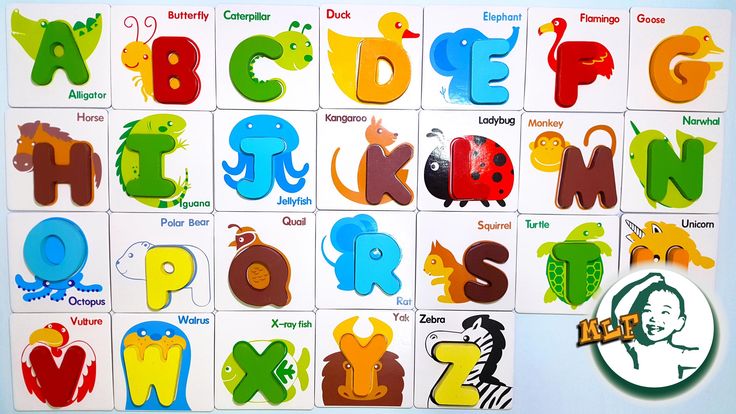 The optimal lesson time for a three-year-old is 5-7 minutes.
The optimal lesson time for a three-year-old is 5-7 minutes.
Do not set a goal to learn the entire alphabet in a short time, it is at best pointless, and in some cases it can even be harmful - up to a certain point the child's brain may simply not be ready for this or that knowledge. Do not try to outwit nature, at three years old your task is more to interest, captivate the child, show him the basics.
Do not overload your child with a lot of information - let your “lessons” take place no more than twice a week, and take the rest of the time to consolidate and repeat the studied material. At the same time, the regularity of classes is very important, conducting them from time to time is not the best idea, the child will get confused and forget what you went through with him.
Start with vowels. Move on to consonants only when you are sure that the child has firmly learned all 10 vowels and brought the skill to automatism. Vowels are best taught in pairs: A - Z, O - E, U - Yu, E - E, S - I. So it will be easier for the baby to remember. Later, this will also help with the assimilation of the principle of hardness-softness of consonants.
So it will be easier for the baby to remember. Later, this will also help with the assimilation of the principle of hardness-softness of consonants.
Use books with bright, large pictures. Closer to the age of four, the child will also be interested in blocks with letters, coloring books and stickers, posters with and without voice acting; but be careful with the posters - remember that we need to learn the sounds, not the names of the letters, so look for posters that pronounce exactly the sounds. Magnetic letters will also help - they can be placed on a magnetic board or simply on the refrigerator. You can learn rhymes and songs with the mention of the sounds that you are studying, play with letters cut out of paper.
Let the child represent the letter in different ways - by drawing, modeling with plasticine, folding with sticks or drawing lines in the sand or grits. Such activities are also useful for fine motor skills, and this is a very important skill for the baby, which affects, among other things, the development of speech.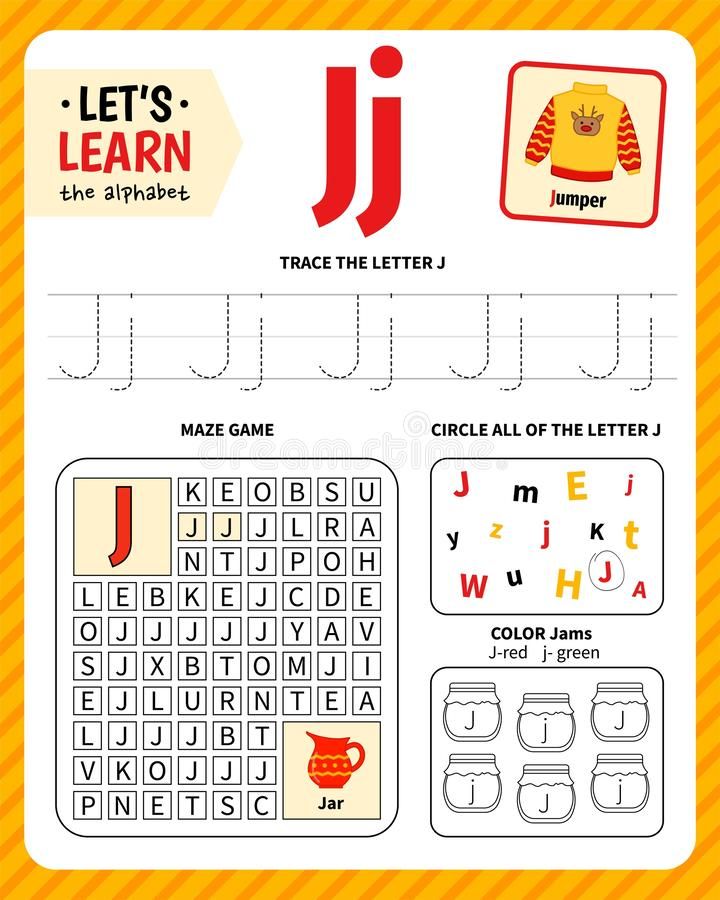
There are more consonants in the Russian language, so it will take a longer time to study them, and if you consider that most consonants have both hard and soft variants, the task becomes even more complicated. But with the right approach, there should not be any particular difficulties. If the child has already mastered all the vowels and understands the difference between, for example, “A” and “I”, then it will not be difficult for him with your help to figure out how “ma” and “me” differ. You can make a table where such pairs of syllables will be shown clearly. The main thing is to always clearly pronounce the sound yourself and achieve the same pronunciation in the child. Correct articulation is the key to both good diction and correct reading in the future.
5-6 years old
For all our passion for early development, many experts agree that the optimal age for learning the alphabet is 5-6 years old. The child will soon go to school, which means that his brain is already quite ready to memorize all the letters and gradually learn to read. At this age, it is especially important that your preschooler speaks clearly and correctly, so pay maximum attention to his speech, whether all sounds are pronounced without problems, whether some of them need to be corrected independently or with the help of a speech therapist.
At this age, it is especially important that your preschooler speaks clearly and correctly, so pay maximum attention to his speech, whether all sounds are pronounced without problems, whether some of them need to be corrected independently or with the help of a speech therapist.
If at three years the emphasis is on the play component of classes, then by the age of 5-6 it can be slightly shifted towards the child's consciousness. Tell us about how great it will be to read books yourself, how knowledge of the alphabet will come in handy at school. Keep the elements of the game, use the same methods that are suitable for four-year-olds, but increase the lesson time, introduce more printed materials. You will need special recipes for preschoolers, books and manuals with creative tasks, various sets of cards.
Introduce your child to syllables. Use single letter flashcards to show how a syllable is built - for example, say that a consonant and a vowel run or are attracted to each other and demonstrate their convergence by saying the syllable at the same time.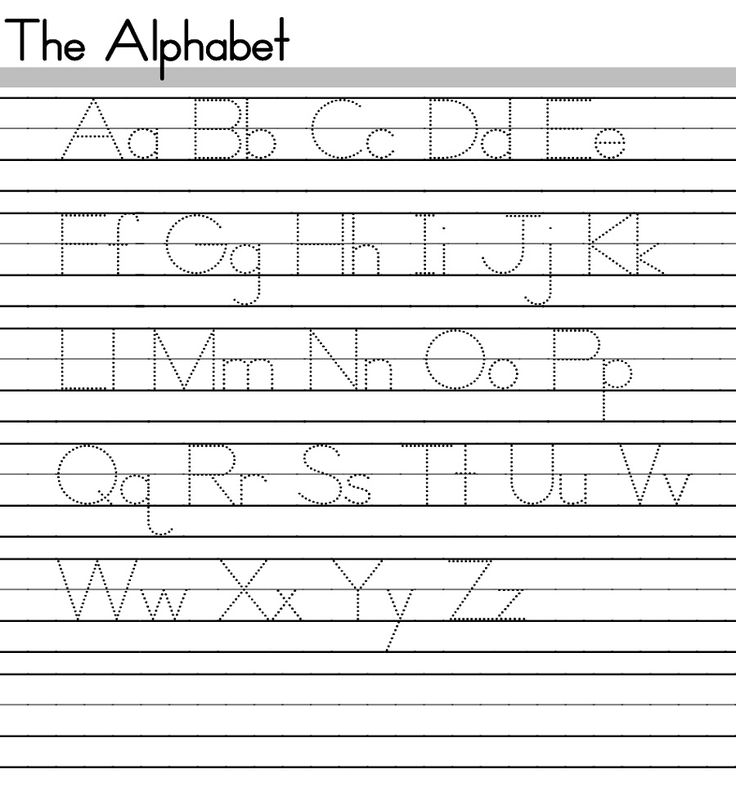 Later, use cards with a ready-made printed or hand-drawn syllable in the lessons. Do not forget about the regularity of classes and the constant repetition of the material covered.
Later, use cards with a ready-made printed or hand-drawn syllable in the lessons. Do not forget about the regularity of classes and the constant repetition of the material covered.
Primer training
By the age of six, a good primer will become clear and easy to learn. For example, the “Primer” by N. Zhukova is considered one of the best, although for younger children it may seem boring - it focuses on learning without providing entertainment materials. But in this primer much attention is paid to speech therapy moments.
“My primer: a book for teaching preschoolers to read” N.V. Nishchevoi - a manual also with a speech therapy bias, but the author adheres to his own methodology for studying letters and sounds. The path from simple sounds to complex ones will help the child develop both reading skills and good articulation.
In order for a child to develop a love for reading from a very early age, VV Shakirova's Journey to the Sound Book is a good choice.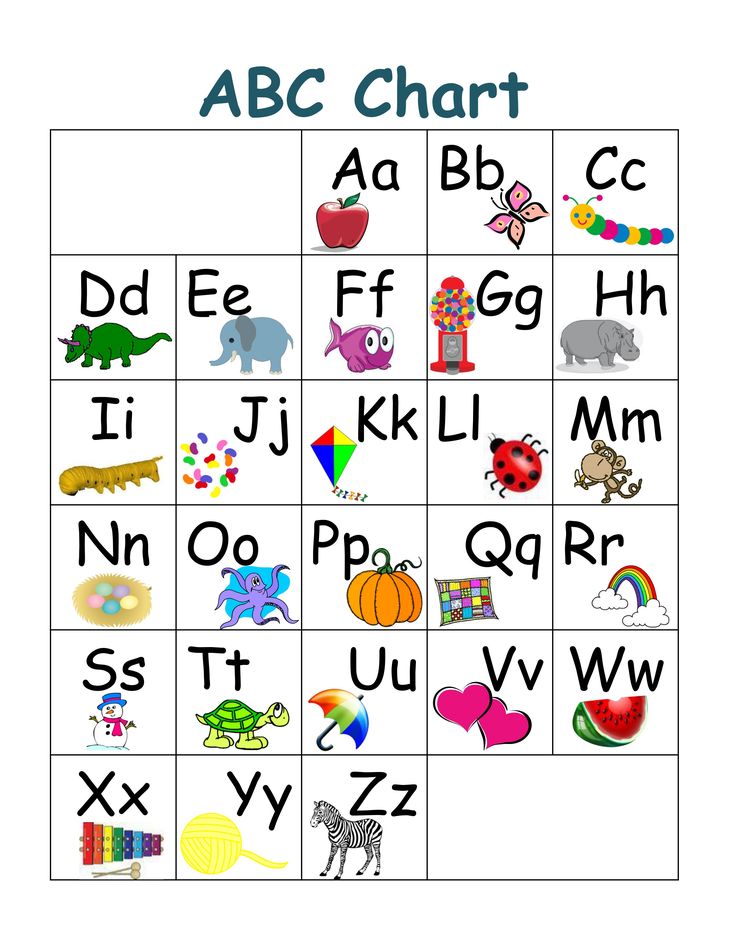 There is more entertainment material here that will interest and captivate the child. In addition, Shakirova paid a lot of attention to the development of motivation, and this will definitely come in handy in the future, in the process of further study.
There is more entertainment material here that will interest and captivate the child. In addition, Shakirova paid a lot of attention to the development of motivation, and this will definitely come in handy in the future, in the process of further study.
Games for learning the alphabet
In this section, we will give examples of games that will make learning more interesting and at the same time more effective. Entertaining elements will not only diversify classes, but also provide a fairly wide field for applying the acquired knowledge in practice.
"Find the letter" . On a sheet of paper, arrange different letters in a random order. Let them be bright and large. You name the letter, and the child must find it and show it. A mobile version of this game is to hang sheets with large letters around the room, let the child find and tear off the desired sheet.
Memo . Prepare a set of cards, each letter must be represented in duplicate to get a certain number of pairs.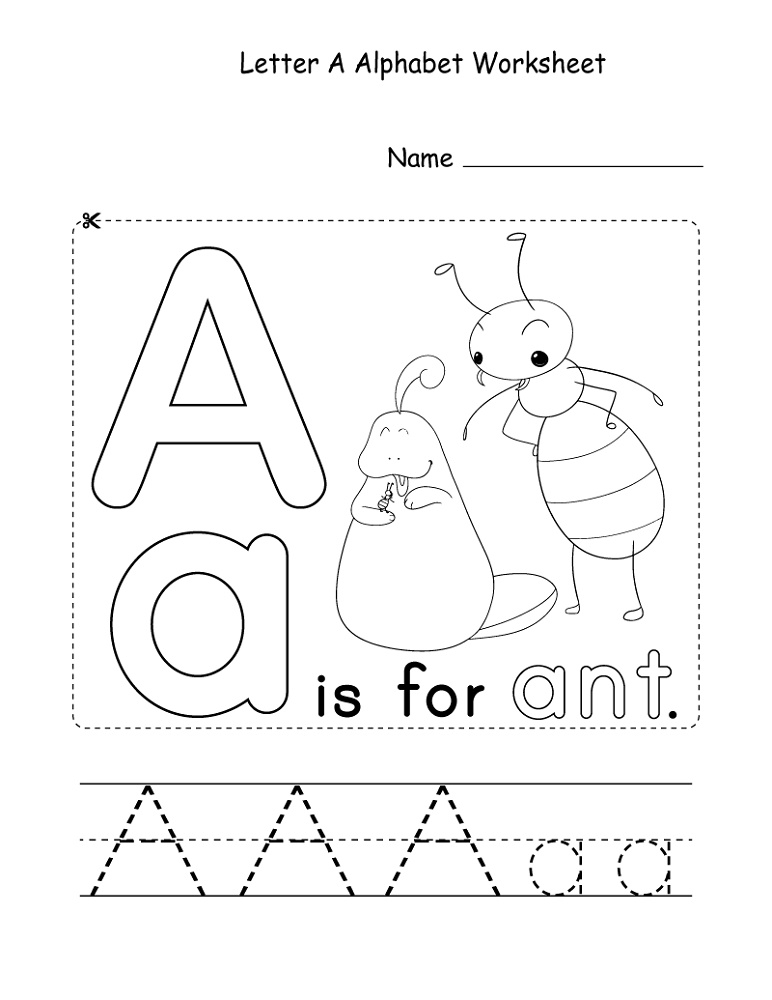 Cards are laid out in several rows face down. Have the child turn over one card and name the sound that the letter on it represents. Then you need to find a pair for her by opening other cards. It didn’t work the first time - the cards are turned back face down and you have to look again. A pair was found - the player takes both cards for himself, and so on until the moment when all the cards run out.
Cards are laid out in several rows face down. Have the child turn over one card and name the sound that the letter on it represents. Then you need to find a pair for her by opening other cards. It didn’t work the first time - the cards are turned back face down and you have to look again. A pair was found - the player takes both cards for himself, and so on until the moment when all the cards run out.
“What letter does it begin with?” . Arrange several animals in a row - these can be drawings on paper, cards or small toys. Select the letters with which their names begin, and give them mixed to the child. The task is to correlate which letter refers to whom, and put it next to the desired animal.
"Collect the letter" . Draw a letter the size of the entire sheet of paper. Cut into several parts, let the kid assemble the resulting puzzle and name which letter is depicted on it.
Dice game . Surely you have cubes with letters, and if not, they are easy to make yourself out of paper.


